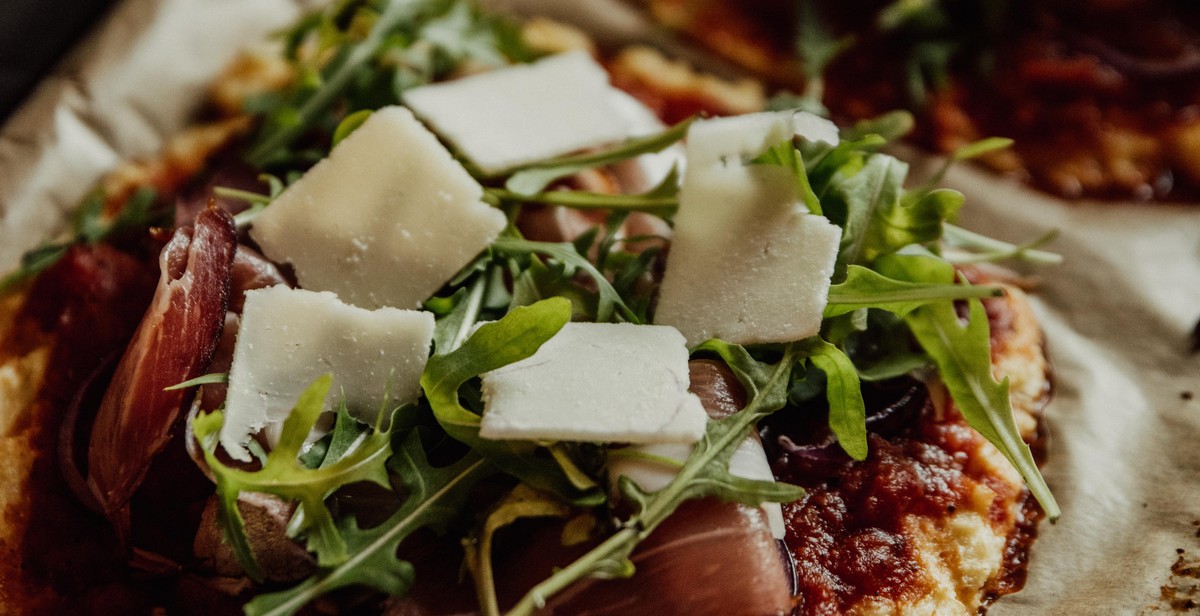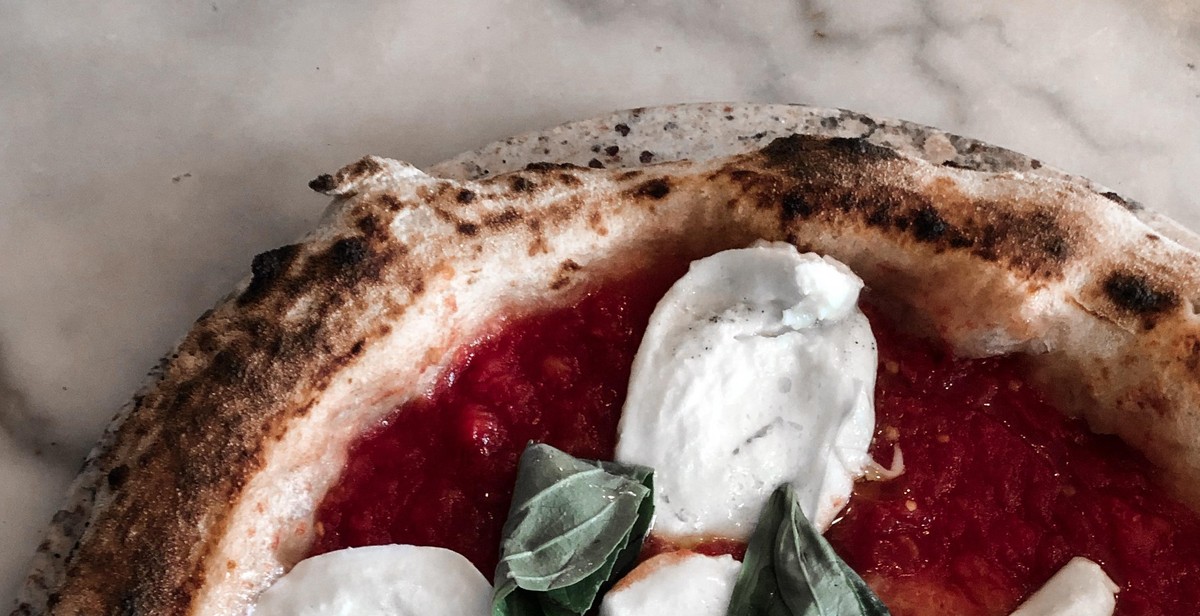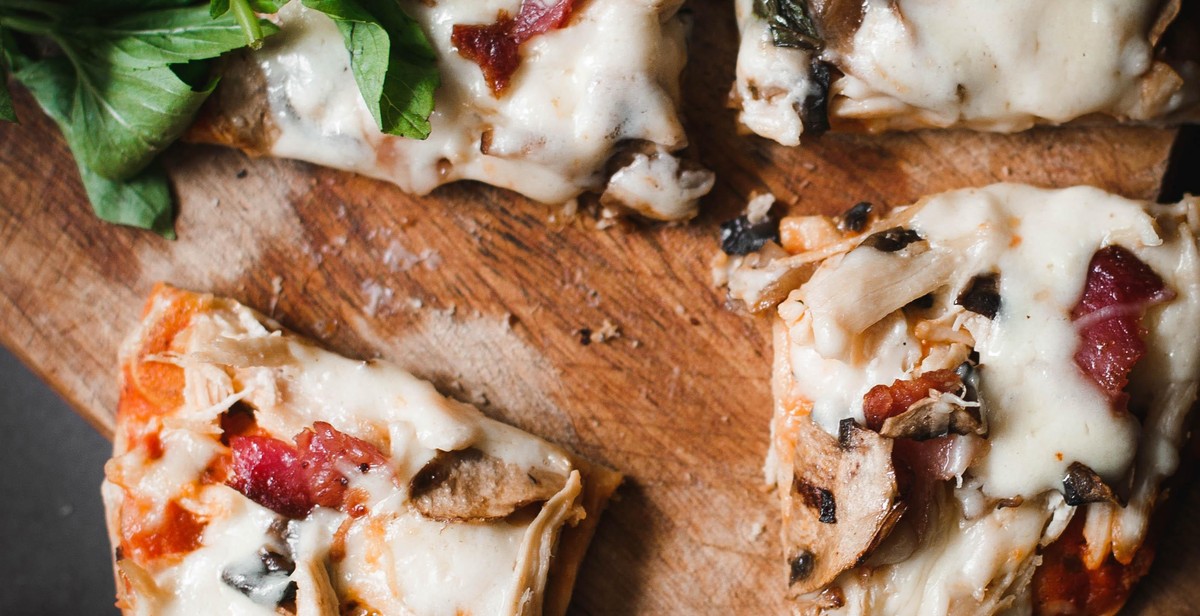How to Choose the Right Pizza Sauce Consistency: Exploring Thick, Thin, and Specialty Varieties
When it comes to making the perfect pizza, the sauce is just as important as the crust and toppings. The sauce is what brings all the flavors together and sets the tone for the entire pizza. One of the most important factors to consider when choosing a pizza sauce is the consistency. The consistency of the sauce can greatly affect the taste and texture of the pizza, so it’s important to choose the right one.
Why Pizza Sauce Consistency Matters
The consistency of pizza sauce can affect the overall taste and texture of your pizza. A thicker sauce will have a more concentrated flavor and can be used to create a deeper, richer taste. A thinner sauce will have a milder flavor and can be used to create a lighter pizza that allows the toppings to stand out more. Specialty sauces, such as pesto or white sauce, can add unique flavors and textures to your pizza.
Choosing the right sauce consistency can also affect how the pizza cooks. A thicker sauce can make the pizza take longer to cook and may require a longer baking time. A thinner sauce can lead to a crispier crust and faster cooking times.
In this article, we’ll explore the different types of pizza sauce consistencies, including thick, thin, and specialty varieties, and provide tips on how to choose the right one for your pizza.

Understanding Pizza Sauce Consistency
When it comes to making the perfect pizza, the sauce is just as important as the crust and toppings. The consistency of the sauce can make or break the flavor and texture of the final product. In this section, we will explore the three main types of pizza sauce consistency: thick, thin, and specialty.
Thick Pizza Sauce
Thick pizza sauce is the most commonly used type of sauce, and it is typically made with crushed or pureed tomatoes. It has a rich and hearty flavor that is perfect for traditional pizza toppings like pepperoni, sausage, and mushrooms. Thick sauce is also great for deep-dish pizzas because it doesn’t run or spread too much during baking. However, it can be too heavy for some pizza lovers, so it’s important to use it sparingly.
Thin Pizza Sauce
Thin pizza sauce is made with tomato paste or strained tomatoes and has a smoother consistency than thick sauce. It has a lighter flavor that is perfect for pizzas with delicate toppings like fresh vegetables or seafood. Thin sauce is also great for pizzas that are cooked at high temperatures because it spreads easily and evenly. However, it can be too thin for some pizza lovers, so it’s important to use enough to cover the dough without making it soggy.
Specialty Pizza Sauce
Specialty pizza sauces are made with unique ingredients that add a special flavor or texture to the pizza. Some examples include pesto sauce, Alfredo sauce, BBQ sauce, and white sauce. These sauces are perfect for pizzas with non-traditional toppings like chicken, bacon, or artichokes. Specialty sauces can be thick or thin, depending on the recipe, and they add a creative twist to the classic pizza.
| Type of Sauce | Consistency | Best Toppings |
|---|---|---|
| Thick | Crushed or pureed tomatoes | Pepperoni, sausage, mushrooms |
| Thin | Tomato paste or strained tomatoes | Fresh vegetables, seafood |
| Specialty | Varies by recipe | Chicken, bacon, artichokes |
Understanding the different types of pizza sauce consistency is essential for making the perfect pizza. Whether you prefer thick, thin, or specialty sauce, each type has its own unique flavor and texture that can enhance the overall taste of your pizza.

Factors to Consider When Choosing Pizza Sauce Consistency
Choosing the right pizza sauce consistency is an important decision when making pizza. The sauce is one of the most important ingredients in a pizza as it adds flavor, texture, and moisture. Here are some factors to consider when choosing pizza sauce consistency:
Pizza Style
The type of pizza you are making will play a significant role in determining the appropriate sauce consistency. For instance, Neapolitan-style pizza requires a thin and runny sauce that spreads easily on the crust. On the other hand, deep-dish pizza needs a thick and chunky sauce that can hold up against the weight of the toppings and cheese.
Pizza Toppings
The toppings on your pizza can also influence the type of sauce consistency you choose. For example, if you are making a pizza with a lot of vegetables, a thin sauce may be preferable as it will not overwhelm the toppings. However, if you are using meat toppings such as pepperoni or sausage, a thicker sauce may be necessary to hold the toppings in place and prevent the pizza from becoming too greasy.
Personal Preference
Ultimately, the sauce consistency you choose will come down to personal preference. Some people prefer a thin sauce that spreads easily and evenly, while others like a thick sauce that provides a more robust flavor. Some people even prefer specialty sauces such as white sauce or pesto, which have a completely different consistency than traditional tomato sauce.
| Sauce Consistency | Texture | Flavor | Best Pizza Style |
|---|---|---|---|
| Thin | Runny | Mild | Neapolitan-style pizza |
| Thick | Chunky | Robust | Deep-dish pizza |
| Specialty | Varies | Varies | Depends on the type of specialty sauce |
Ultimately, the right pizza sauce consistency will vary depending on your pizza style, toppings, and personal preference. Experiment with different types of sauces to find the perfect consistency for your pizza.

How to Choose the Right Pizza Sauce Consistency: Exploring Thick, Thin, and Specialty Varieties
Choosing the right pizza sauce consistency is crucial to achieving the perfect pizza. The sauce can make or break the pizza, and it’s essential to get it right. Here are some tips on how to choose the right pizza sauce consistency.
Step 1: Determine Pizza Style
The first step in choosing the right pizza sauce consistency is to determine the style of pizza you want to make. Thick, thin, and specialty pizzas all require different sauce consistencies.
- Thick pizza: If you’re making a thick pizza, such as a deep-dish pizza, you’ll want a thicker sauce. A thicker sauce will help prevent the crust from getting soggy.
- Thin pizza: For a thin pizza, you’ll want a thinner sauce. A thinner sauce will spread more easily and evenly on the crust.
- Specialty pizza: Specialty pizzas, such as margherita or white pizza, may require a different sauce consistency. For example, a margherita pizza may require a thinner sauce to allow the fresh ingredients to shine.
Step 2: Consider Pizza Toppings
The toppings you plan to use on your pizza can also impact the sauce consistency you choose. Here are some things to consider:
- Meat toppings: If you’re using meat toppings, such as pepperoni or sausage, you may want a thicker sauce to hold up to the meat’s weight.
- Vegetable toppings: If you’re using vegetable toppings, such as mushrooms or onions, a thinner sauce may be better to prevent the pizza from becoming too heavy.
- Cheese: The amount and type of cheese you use can also impact the sauce consistency. For example, a pizza with a lot of cheese may require a thicker sauce to prevent the crust from getting soggy.
Step 3: Personal Preference Matters
Ultimately, the sauce consistency you choose comes down to personal preference. Some people prefer a thicker sauce, while others prefer a thinner sauce. Experiment with different consistencies to find the one that works best for you.
When choosing the right pizza sauce consistency, it’s important to keep in mind the style of pizza you’re making, the toppings you plan to use, and your personal preference. With these tips in mind, you’ll be able to create the perfect pizza every time.

Conclusion
When it comes to choosing the right pizza sauce consistency, there are many factors to consider. Thick, thin, and specialty varieties all have their own unique characteristics that can affect the taste, texture, and overall quality of your pizza.
Whether you prefer a thick and hearty sauce that clings to your crust, a thin and tangy sauce that complements your toppings, or a specialty sauce that adds a unique flavor profile to your pizza, the key is to experiment and find your perfect sauce consistency.
Start by considering the type of pizza you want to create and the flavors you want to highlight. Then, try out different sauce consistencies and see which one works best for you. Don’t be afraid to mix and match ingredients or try new techniques to achieve the perfect sauce consistency for your pizza.
Remember, the sauce is the foundation of your pizza, so it’s important to choose wisely. By taking the time to explore different sauce consistencies and find the one that works best for you, you can create a delicious and satisfying pizza that will leave your taste buds wanting more.
So, go ahead and experiment with thick, thin, and specialty pizza sauces to find your perfect consistency. Happy pizza making!
